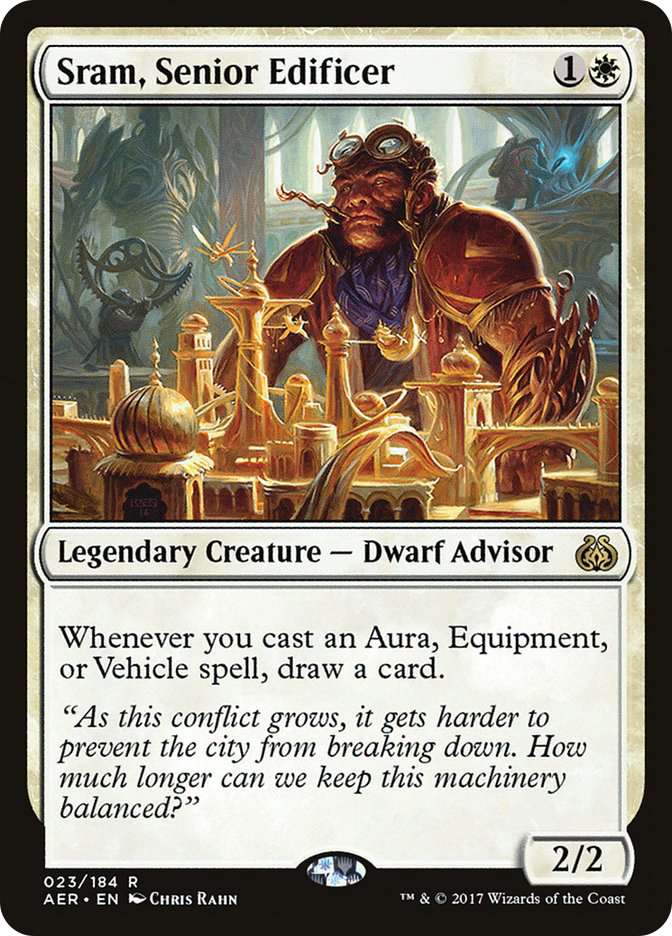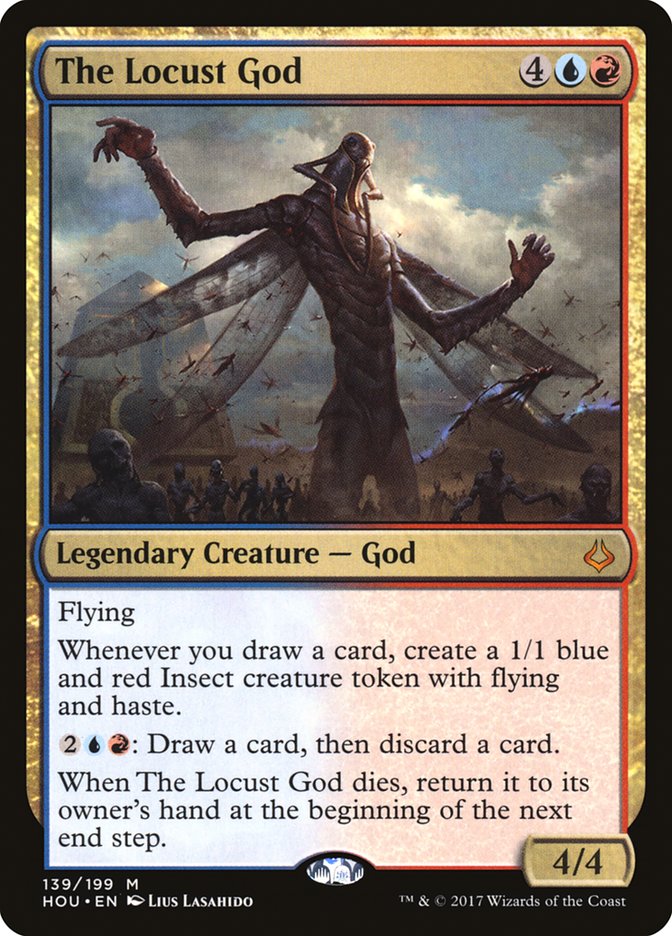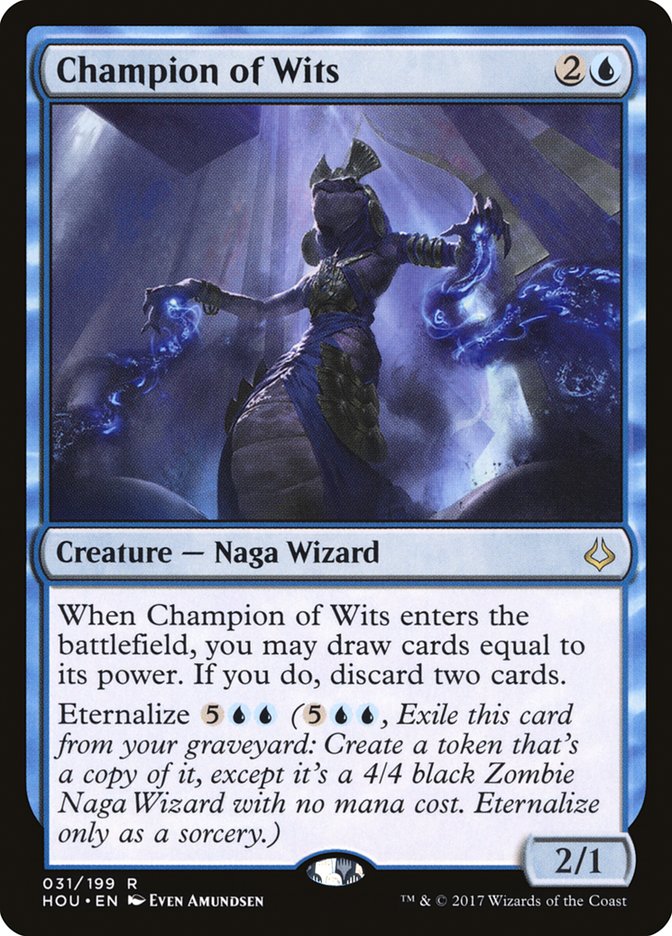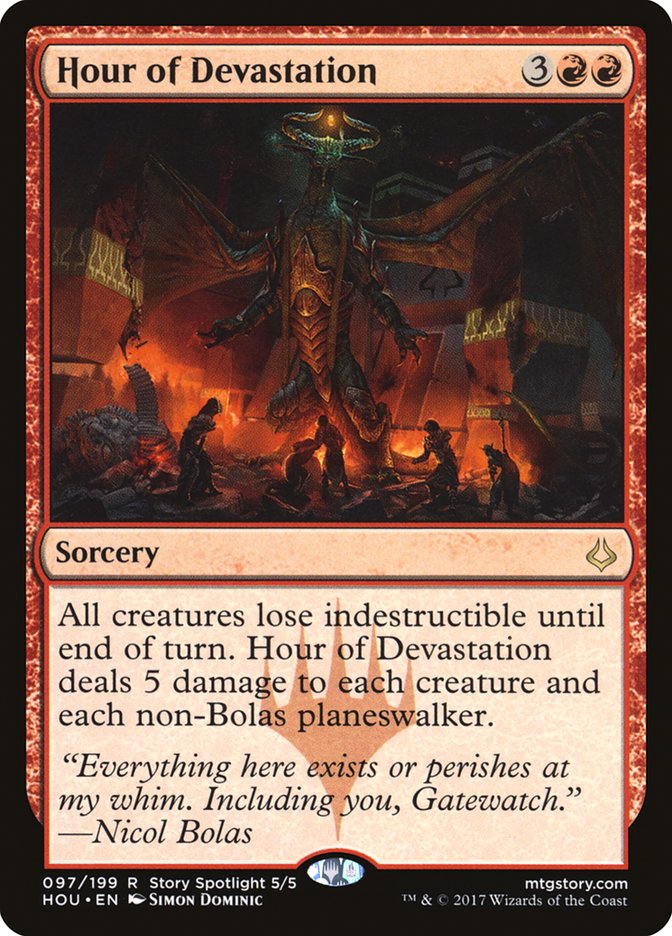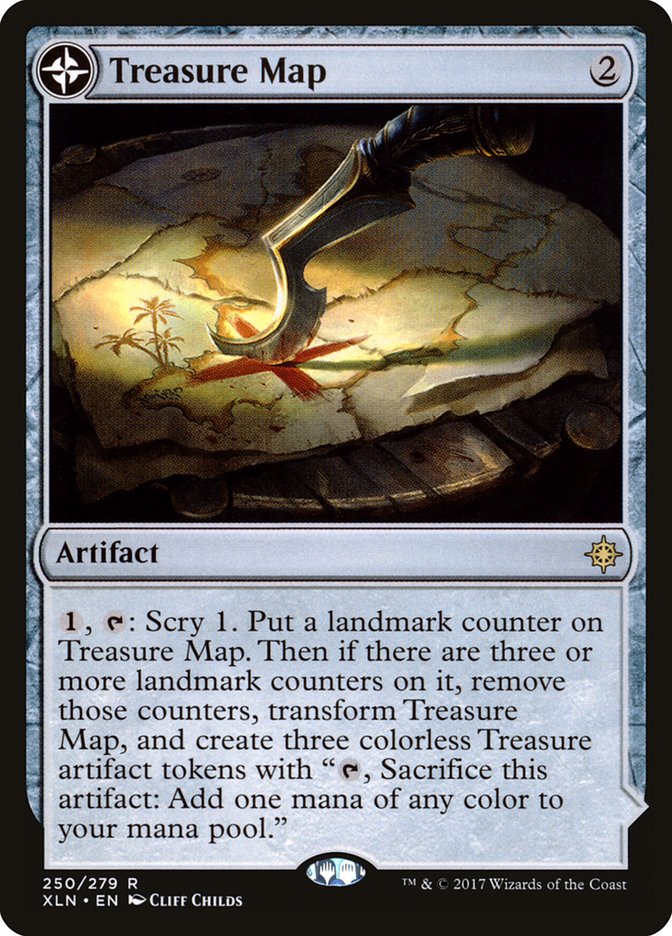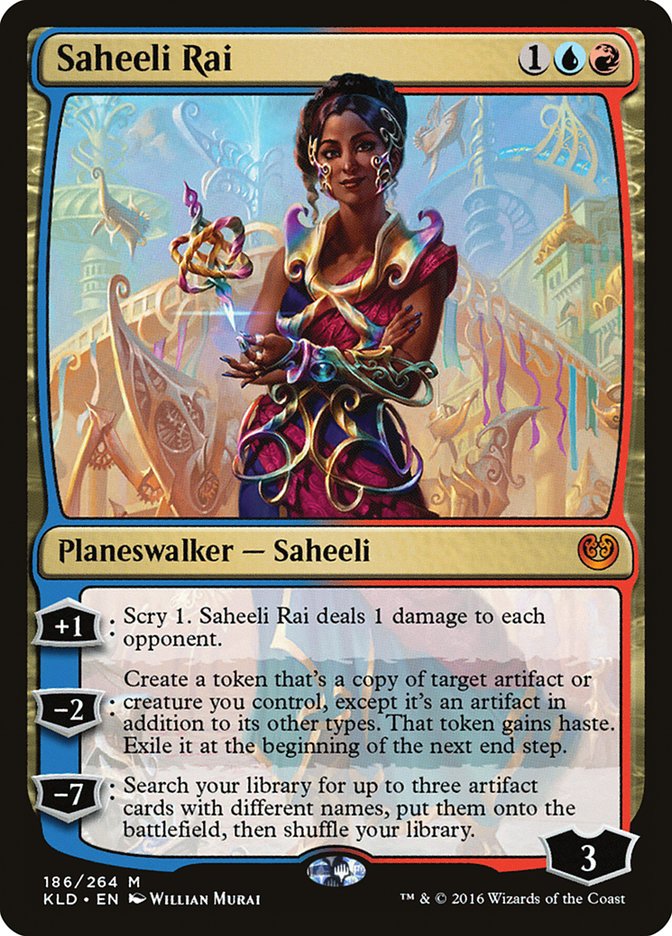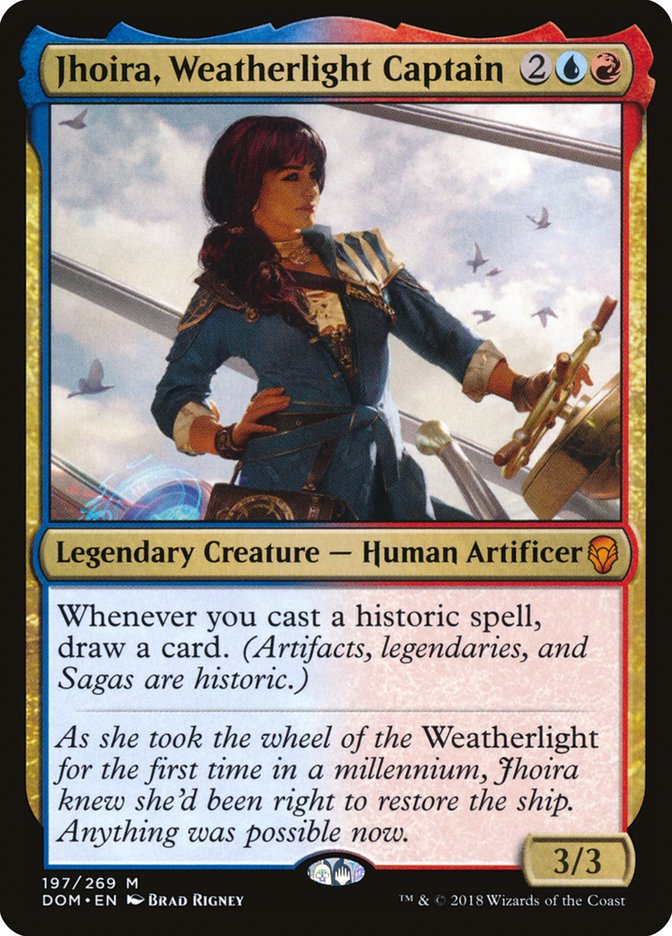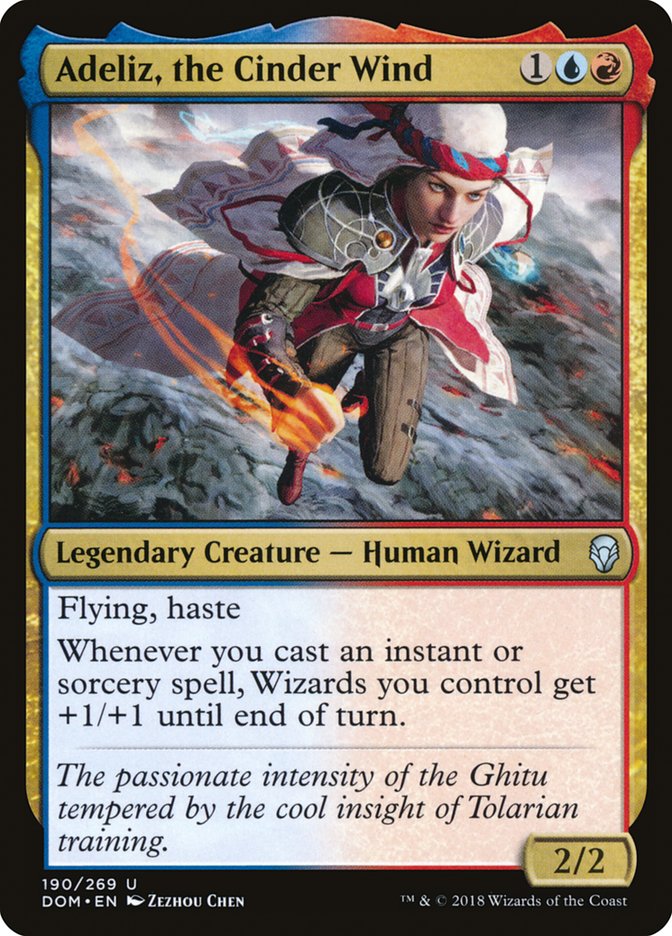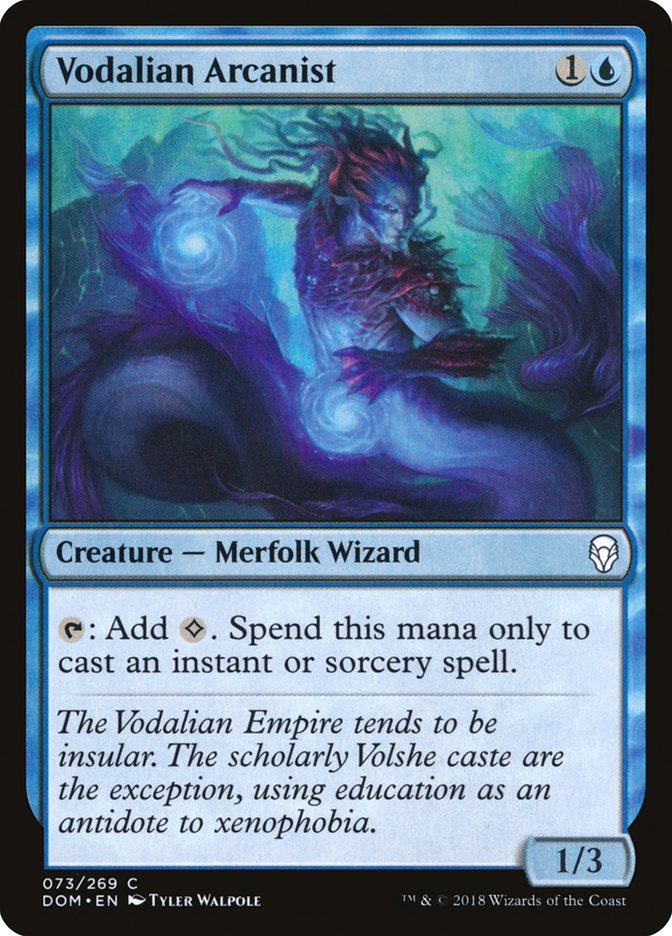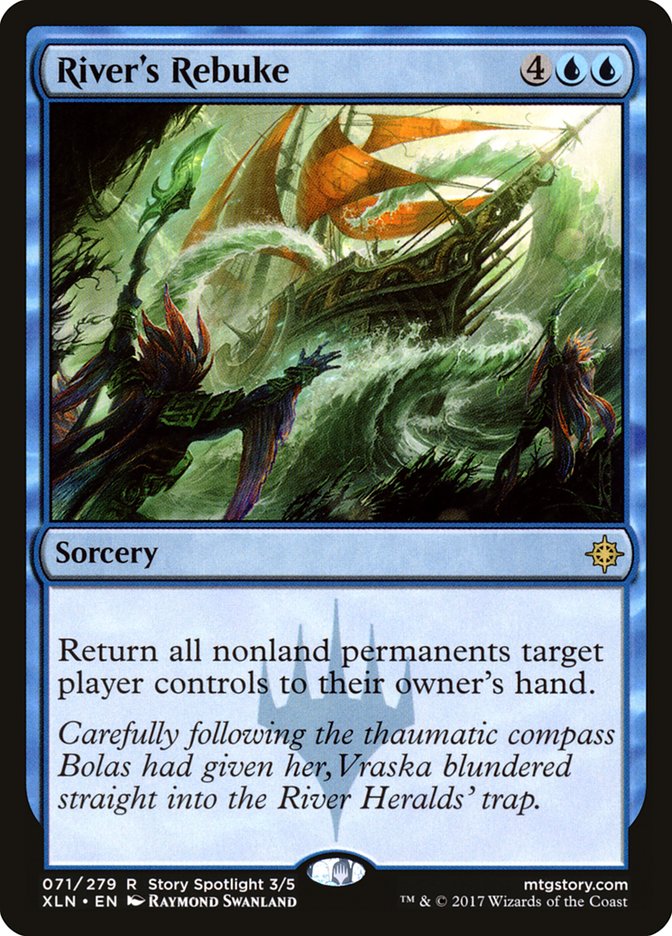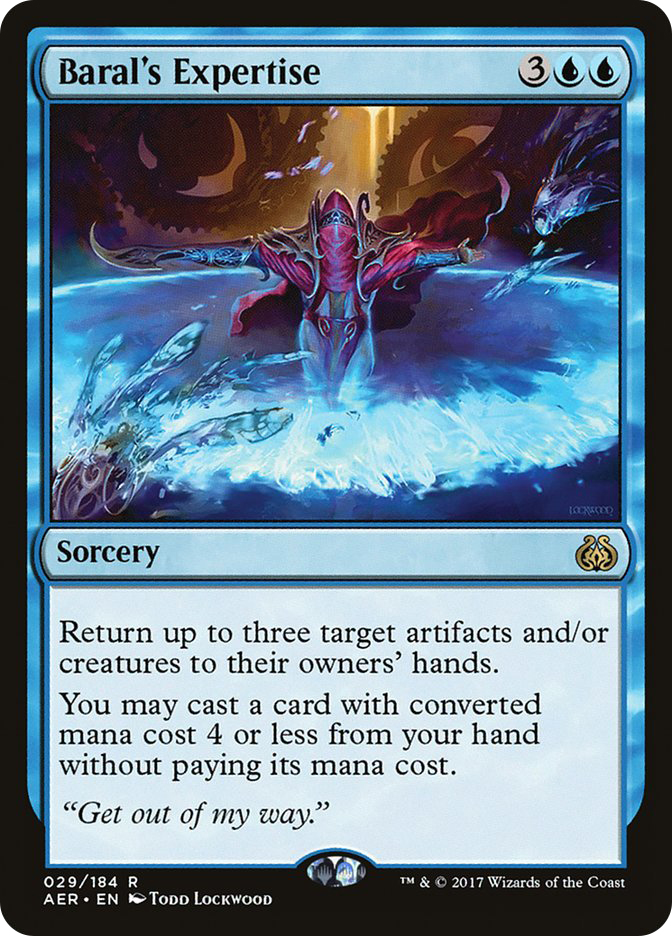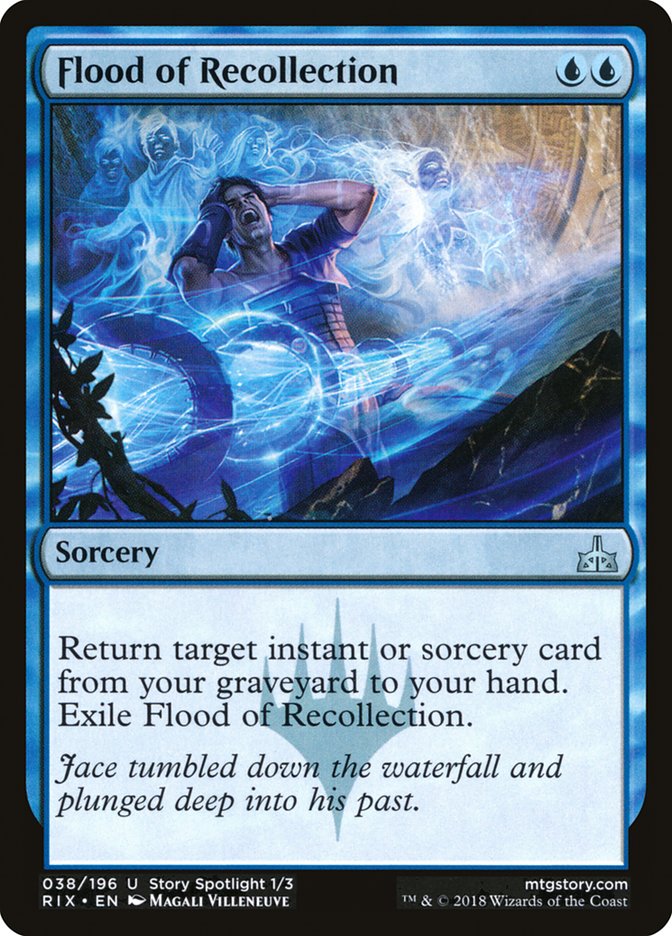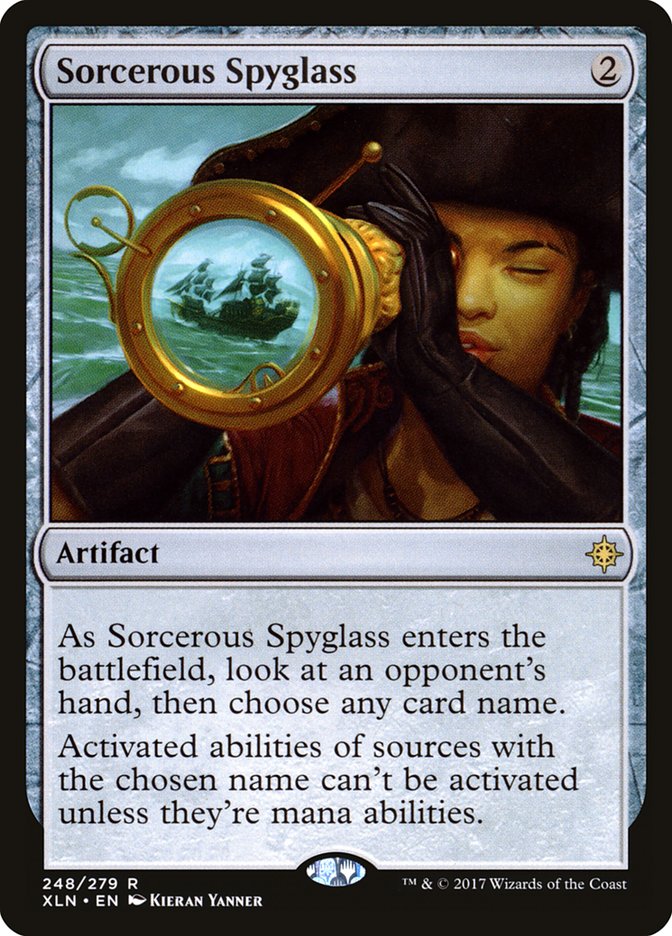My name is Ryan Overturf and I’m a Brawl-coholic.
This is the story of my initial plunge into the format, a look at some of
my philosophy regarding Brawl, and a dive into a couple decklists for your
consideration. I hope that you enjoy this piece and that I will have the
opportunity to write more about my new favorite Magic format in the future [CEDitor’s Note: We’ll see, tough guy…].
During FNM a few weeks back my friend Mike asked me, about eighteen times,
if I had built a Brawl deck yet. He had an Azor, the Lawbringer build
together and was itching to battle. At the time I had read very little
about the format and my interest was low. I was also concerned that Brawl
would follow the same trend that Commander did with our group, where the
arms race escalated in strange ways and the actual games were just terrible
to play. Nevertheless, Mike persisted with his nagging until I put a deck
together.
My first thought was that a Sram, Senior Edificer deck would be a cool
starting point given that Sram was both unlikely to be oppressive and
likely to be consistent. I was slow to move as I wasn’t too excited about
actually putting together a mono-white deck, but after several days I
remembered that The Locust God existed and started piling every good
Standard legal blue and red card together immediately.
Once I had a 59 that I was happy with, Mike and I got to battling our
midrange blue decks, and I was immediately in love with the format. There
were sweet counter wars over high impact spells and every game felt unique
despite somewhat similar play patterns. Most importantly, we were splitting
games rather than one of us just getting beat up by the other, which
strikes me as a feature of a lower-powered singleton format.
Some other players at the store had tried playing multiplayer Brawl and
reported that the game ended in decking and the format felt a lot better
heads up. I’m not huge on multiplayer anyway, so this was happy news for
me. This is where I had landed on my heads-up build of The Locust God:
Creatures (5)
Lands (24)
Spells (29)
- 1 Gilded Lotus
- 1 Opt
- 1 Syncopate
- 1 Negate
- 1 Essence Scatter
- 1 Harnessed Lightning
- 1 Insidious Will
- 1 Confiscation Coup
- 1 Glimmer of Genius
- 1 Disallow
- 1 Release the Gremlins
- 1 Censor
- 1 Hieroglyphic Illumination
- 1 Commit
- 1 Sweltering Suns
- 1 Lay Claim
- 1 Abrade
- 1 Supreme Will
- 1 Hour of Devastation
- 1 Countervailing Winds
- 1 River's Rebuke
- 1 Treasure Map
- 1 Search for Azcanta
- 1 Thaumatic Compass
- 1 Spell Swindle
- 1 Secrets of the Golden City
- 1 Kumena's Awakening
- 1 Orazca Relic
- 1 In Bolas's Clutches

All the games that I played with this deck were heads up, though I imagine
that you would have to make few, if any, changes to play this as a
multiplayer deck. Off the top of my head I would add a Star of Extinction,
which felt a bit inefficient for heads up games but is likely much better
in a multiplayer environment. The game plan here is to keep the battlefield
relatively clear, draw a lot of extra cards, and deploy The Locust God
either when you have turned the corner or when you’re desperate. The cool
thing about this deck was that sometimes you could just jam The Locust God
and win the game without doing much else, and further that this play was
pretty low cost given that if The Locust God went to the graveyard from the
battlefield you could just get it back to your hand without having to pay
Commander tax.
From playing this deck I came to appreciate how important mana development
is in Brawl. It wasn’t surprising that making land drops was important in a
format where you always have access to what should be a good spell, but I
would go so far as to say if not for the synergy with The Locust God I
wouldn’t bother running the cycling Deserts in other, similar decks. A
notable exclusion from this list is Champion of Wits, which ultimately got
the axe along these same lines, as the looting was too inefficient to
justify discarding lands or unique effects like Hour of Devastation.
Treasure Map quickly established itself as one of the best cards if not the
best card in the format given how hard it could be to come back once a
controlling deck had some Treasure tokens to press any advantages it had or
to deploy a sweeper and a counterspell on the same turn. Gilded Lotus is a
bit of a bigger risk given the initial mana investment, but untapping with
it is extremely powerful. As such, Abrade and Release the Gremlins came to
be staples of our red decks.
The bigger takeaway from playing this deck was that counterspells are just
good in Brawl. When we heard about the MTGO League results and how Baral
was dominating the format as a Commander, we weren’t terribly surprised.
Baral was frankly too good for the format, and we had banned him as a
commander in our group well before the official change.
At some point in the pursuit of sweet games, I outgrew my Locust God deck.
It served as a great first deck, and I learned a lot about how to approach
the format, but ultimately it was just a stack of good cards. A low-synergy
blunt instrument. A Rock deck. I could do better.
I always love me a U/R deck, so I wasn’t looking to move away from the
color pair so much as the slow control archetype. I’ve seen attempts at
both Saheeli Rai and Jhoira, Weatherlight Captain that seemed to have
promising premises that just came up short. It’s also worth noting that the
change to twenty life makes it even harder for these decks to set up. At
some point I might put the work in to figuring out these combo Commanders,
but I haven’t done so yet. Instead, I put my faith in Adeliz, the Cinder
Wind being a viable option.
Adeliz is a card that I snubbed on initial evaluation for Standard play,
but always having the card available when you hit your third mana without
having to play extra copies changes a lot. Once I settled on building an
Adeliz deck, I spent some time wading through Gatherer for all the
appropriate Draft commons to properly construct the archetype. My primary
focus was on Wizards that cost less than three mana and cantrips, as these
are the cards that most naturally complement Adeliz. I ended up with a
pretty awesome tempo deck:
Creatures (9)
- 1 Glorybringer
- 1 Soul-Scar Mage
- 1 Nimble Obstructionist
- 1 Burning-Fist Minotaur
- 1 Spellweaver Eternal
- 1 Siren Stormtamer
- 1 Timestream Navigator
- 1 Ghitu Lavarunner
- 1 Vodalian Arcanist
Lands (25)
Spells (25)
- 1 Shock
- 1 Opt
- 1 Divination
- 1 Spell Pierce
- 1 Lightning Strike
- 1 Harnessed Lightning
- 1 Confiscation Coup
- 1 Renegade Tactics
- 1 Glimmer of Genius
- 1 Disallow
- 1 Baral's Expertise
- 1 Hieroglyphic Illumination
- 1 Commit
- 1 Abrade
- 1 Supreme Will
- 1 Crash Through
- 1 River's Rebuke
- 1 Chart a Course
- 1 Secrets of the Golden City
- 1 Flood of Recollection
- 1 Blink of an Eye
- 1 Fight with Fire
- 1 Warlord's Fury
- 1 Wizard's Lightning
- 1 Wizard's Retort

The Wizard suite that I settled on was partly based on reasonable rates for
aggressive creatures with a secondary focus on abilities. Soul-Scar Mage,
Siren Stormtamer, and Burning-Fist Minotaur are clear standouts in the deck
among beatdown creatures, though sorting out which abilities were good
enough to warrant inclusion was a bit tougher.
I was excited about Seeker of Insight when I initial threw the deck
together only to determine that much like Champion of Wits, I was investing
too much into mere looting in a format where I generally just don’t want to
loot. I imagine most players have to read Vodalian Arcanist, but it’s
actually among the better cards in the deck. Ramping into your draw spells
and counterspells is excellent while you’re setting up, and then when it’s
time to attack a 1/3 is a fine starting rate for a creature getting pumped
by Adeliz. The one non-Wizard creature that I opted for is Glorybringer,
because frankly it’s just too powerful to pass on, especially now with the
reduced starting life total.
My initial list featured Baral, Chief Compliance, though that is no longer
a legal inclusion. Baral was certainly one of the better cards in the deck,
and while I think it would have been fine to simply ban Baral as a
commander, it’s an acceptable loss for the general health of the format.
Part of the power of Baral as a Commander was that having a two mana
legendary creature on turn 2 every game allowed you to leverage Mox Amber
very effectively, which is a lot tougher to do with commanders of higher
mana costs and of multiple colors. My starting list for Adeliz had a Mox,
but it was cut pretty quickly due to consistency issues.
River’s Rebuke is pretty well established as one of the best spells in
Brawl, though Baral’s Expertise can be a little more difficult to leverage.
In my Locust God build the deck was pretty heavy on counterspells and cards
that you otherwise wanted to use to accomplish specific goals, though
Baral’s Expertise is simply excellent in Adeliz. The deck is both flush
with draw spells and given its aggressive nature it can really take
advantage of the tempo swing. Not to mention that if you control Adeliz and
cast a draw spell off of Baral’s Expertise, you just get in for a ton of
damage.
One card that I’ve been very impressed with that I definitely wouldn’t even
know existed if not for Brawl is Flood of Recollection. Getting access to
cards like Baral’s Expertise or River’s Rebuke a second time is great, and
the fact that the card can also grab a Disallow or Shock in a pinch really
pushes it over the top. It also happens to synergize well with Adeliz.
A couple notable exclusions that I considered at first are Metallic Mimic
and Naru Meha, Master Wizard. The long and short of it is that Adeliz gets
to pump your team multiple times as a triggered ability, whereas Naru Meha
and Metallic Mimic get to pump your other Wizards only once and only if
things are going according to plan. For Metallic Mimic that means curving
properly, and for Naru Meha that means she has to live. These cards reward
going wide more so than landing and attacking with one to three creatures,
and this deck is geared for the latter.
I mentioned earlier that Treasure Map is one of the best cards in Brawl,
and it is also notably absent from this list. This is actually one of my
favorite things about this format. Treasure Map is a colorless staple that
is costed pretty aggressively, but it just doesn’t fit this strategy. This
deck is aggressive and Adeliz cares about specific card types, and the card
pool is deep enough to fill the deck with synergistic support spells. I
think it’s awesome that first, a card as goofy as Treasure Map can be a
format staple, and second, that some archetypes eschew it for Draft commons
and different obscure rares.
This deck has been a lot more fun to play than The Locust God was, as it
has a more focused plan and feels more like an actual deck than merely a
stack of good cards. Being able to be aggressive against the controlling
decks while also having the tools to slow down against aggressive decks
makes this deck quite a bit more flexible, which I value very highly. It’s
worth noting that The Locust God is much, much better for the multiplayer
Brawl format, and I’m not really sure you can port Adeliz to be a
reasonable multiplayer deck. It can be played as sort of a kingmaker
strategy if that’s what you’re into, but I would frown upon such an
approach to multiplayer games.
When I first built this deck the heads up format had a 30 point starting
life total, and the prowess-like ability of Adeliz made dealing 30 on
around turn 6 or 7 a pretty reasonable expectation. In a twenty-life format
Adeliz gets a lot better, and now I very strongly recommend Adeliz to
players who enjoy tempo strategies.
While we’re on the topic of format changes, I may as well sound off with my
opinion on the rest of them. The change to allow colorless commanders I
would expect to be universally approved of. I love the move to give Brawl
its own banlist, and I also strongly agree with keeping Smuggler’s Copter
banned while also freeing up some cards that are pretty innocent in a
singleton format. I will say that I’m not on board with the banning of
Sorcerous Spyglass. I currently have five Brawl decks together, and only
one of them features a Spyglass. It’s a little too clunky to just throw
into any deck, planeswalkers are very powerful commanders and warrant some
counterplay, and to top it all off, artifact removal is extremely
maindeckable anyway. I get the argument that Spyglass is not a particularly
fun card in a format that leans casual, though the ban does strike me as a
bit heavy-handed.
If you haven’t gotten into Brawl yet, I cannot recommend the format enough.
I love building the decks, I love playing the games, and it’s really fun to
see what other players come up with. It quickly became my new favorite
Magic format, and if you give it a chance, it might just become yours, too.


